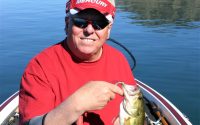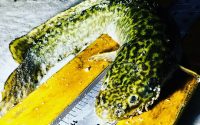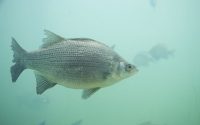A Warm and Merry Christmas
“Though the weather here in Provo might be frightful, in St. George it’s usually delightful, so since we’ve got somewhere to go … let it snow, let it snow, let it snow.”
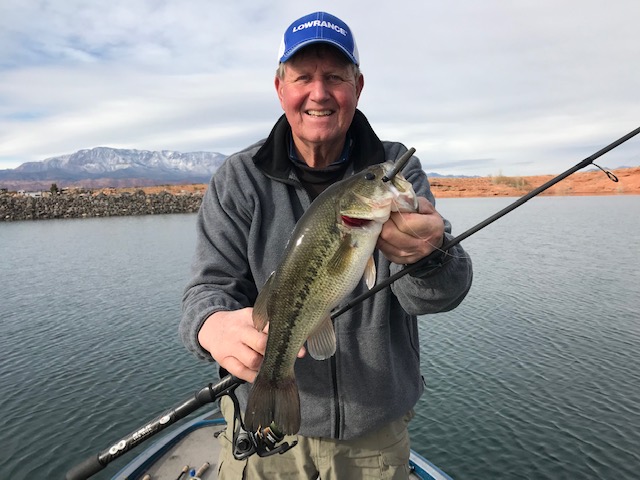
Each year, more and more of my friends and readers of this column migrate to southwestern Utah for the winter. And, as a result, my inbox is full of requests to write about fisheries in the Hurricane and St. George areas. So, in the spirit of Christmas and as my own personal gift to all of you snowbirds out there, here is a tiny breakdown of one of the most popular reservoirs in the area … Sand Hollow.
Sand Hollow
Sand Hollow is a beautiful body of water near Hurricane, Utah and a short 15-minute drive from St. George. A State Park, there are facilities for RVs as well and tent campers. I have found the staff to be very friendly and helpful every time I visit.
The reservoir holds several species of sport fish: largemouth bass, black crappie, and blue gills to name most of them. Let’s take a look at catching largemouth bass, by far the most popular species in Sand Hollow.
The first thing to know about Christmas time fishing in Sand Hollow is that water temperatures are going to be quite low (lower 50s to upper 40s) and because of that, most fish will be deeper than in other seasons of the year. I have caught fish in December in 50 feet of water or deeper. It seems the bait fish, crawdads, and smaller bass find themselves nestled in grass beds on the bottom of the lake.
Knowing this, fishing from a boat is generally better than fishing from shore. However, if you don’t mind a little hike, and can be careful enough to pick your way through the rocky northwest side of the reservoir, you should be able to cast into 20 to 40 feet of water from the shore.
Since the reservoir appears to be somewhat like a round cereal bowl, grass beds run the length and width of the lake but the center portion is not only deep but has the most bottom cover.
Preferred Tackle and Techniques for Sand Hollow
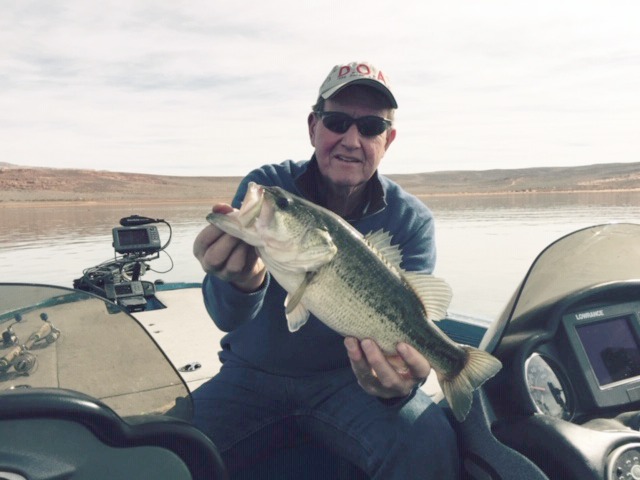
My tackle arsenal is very concentrated. I use a drop shot rig with a green pumpkin, blue gill, or white 4-inch worm above a 1/4-ounce weight. Next, I throw a small, 1/4-ounce finesse jig in variations of blue gill, brown crawdad, and white colors. Finally, a green pumpkin Ned rig on a 1/16-ounce mushroom head rounds out the lure selection.
The goal each morning is to locate fish on the fish finder so I suggest slowly moving around the center of the lake looking for active fish on the screen. Once located, begin with the drop shot or the Ned rig and watch carefully to see if any fish come up from the bottom to meet the bait as it drops through the water column. Then, depending on the outcome, switch lures every 10 or 15 minutes until the fish tell you what they want to eat.
Remember that in the winter, bass still like low light conditions (early in the morning) but as the water warms and the sun gets higher, more and more fish become active. Be observant. Watch where others are fishing and notice if and when they catch fish. This will provide great information on where and how to find and catch your own bass.
Largemouth bass will bite and be active all winter long. If you go prepared for slow times as well as fast, and dress in layers to adjust from cold mornings to warm afternoons, you should stay warm and most likely locate and catch some great bass. Patience is a virtue and a must in the winter. Imagine that the fish want to eat BUT they need to be coaxed. Stick with it and when you get that first fish, not only the fish but YOU will be “hooked” too.
Here’s to a warm and Merry Christmas to my friends in Utah’s Dixie.








